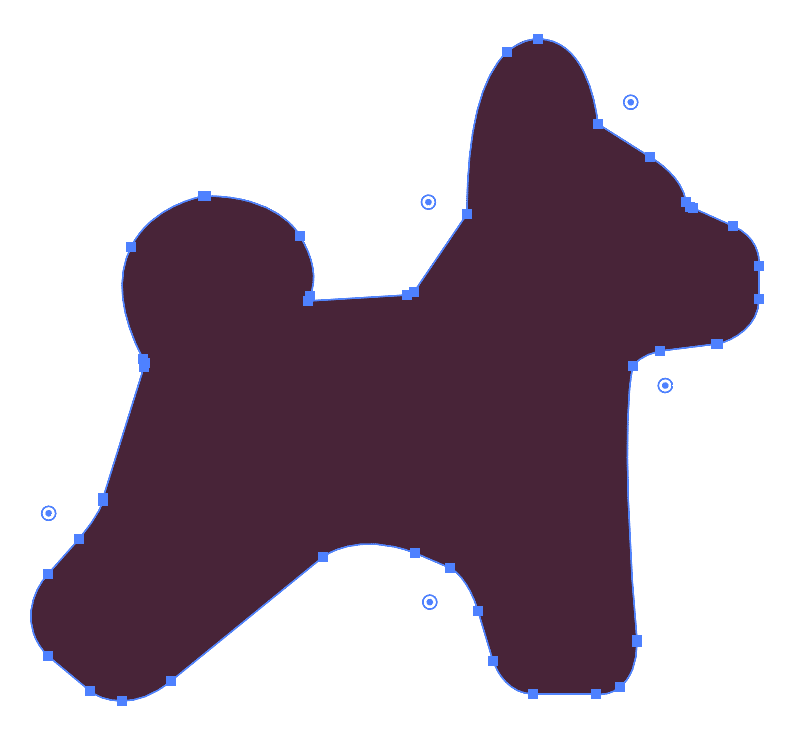
History of 3 Boda Games Meeples – Part II
We started our ancient China illustration themes with the large walled city illustration that you have seen at a convention, on our website on the home page or on Instagram. One of the many things that made it so much fun to work on was that we did our very best to hide small details and easter eggs in there wherever possible. We particularly liked the small yet cute meeple dog we hid in there, that we have since named Xiaogou. After getting great feedback from our own staff as well as our customers, we decided to turn Xiaogou into one of the meeples for our latest sample box. A silk screen meeple to be precise.

For this meeple, we decided to make it using a silk-screening process. With silk-screening, you can print multiple colors and shapes on top of the meeple, allowing for a very detailed design. In the case of Xiaogou, we wanted to capture the playful nature of the dog with the tongue hanging out and the happy eyes as well as show off the different colors of fur he has.

The first thing you need to do is create the overall shape of the wooden piece that will be the meeple. Next, you need to pick a base color in which the entire piece of wood will get painted. The silk-screening will then be applied on top of this paint. For our dog meeple, we chose a relatively dark color, pantone 7645C. The reason for choosing this color was to keep the cartoony feeling of the original artwork. The other details that would be silkscreened onto it all have dark outlines to highlight the cartoon design.
Print design

Next is preparing the file. The illustration was modified to look as close to the original meeple design as possible. Of course the one in our city illustration was 3 dimensional, but a meeple is 2 dimensional! One thing to keep in mind when designing a silk-screen printed meeple is that there is a limited resolution for colors. As a result, in general a simpler design will come out looking better. For our design, we kept the colour palette on the lighter side, opting to use only 4 different colors. Silk-screen printing does allow you to use sharper shapes. For our design, we made a simple yet effective illustration that really highlights the elements that speak to the imagination. We also made the image slightly smaller than the size of the wooden base. This way, some of the base color will be shown around the silk screened design.

When designing a silk-screen illustration, there are a few things to keep in mind. First, you can do it in such a way that the design flows over the edges of the wooden piece. If your design requires the color to be filled all the way up until the edge, this can be very useful. As with other printing elements, there is always a slight level of offset that can occur during the printing. To make sure it reaches the edge even when slightly offset design it accordingly. Of course, if you are unsure about your silk-screen design? Then the graphics department team at Boda Games is always available. So if you need help get it ready the way you have it in mind as well as answer any questions that might come up during the process.



Sorry, the comment form is closed at this time.